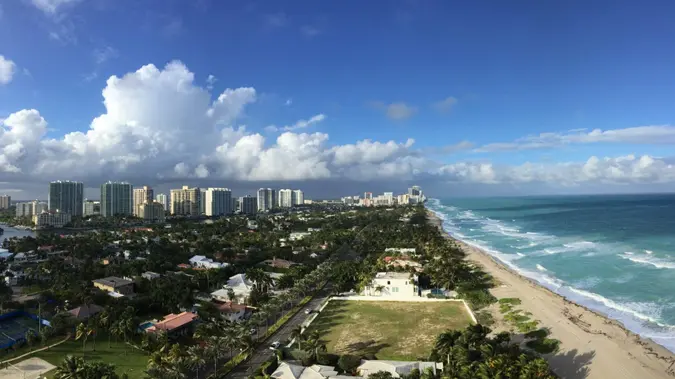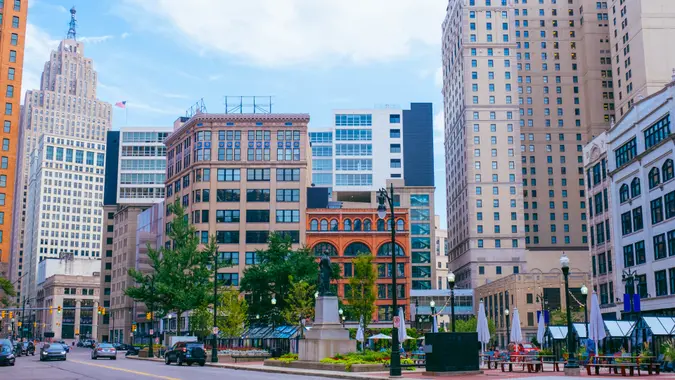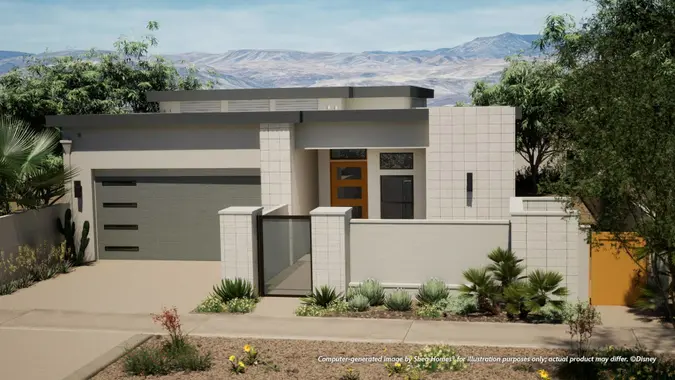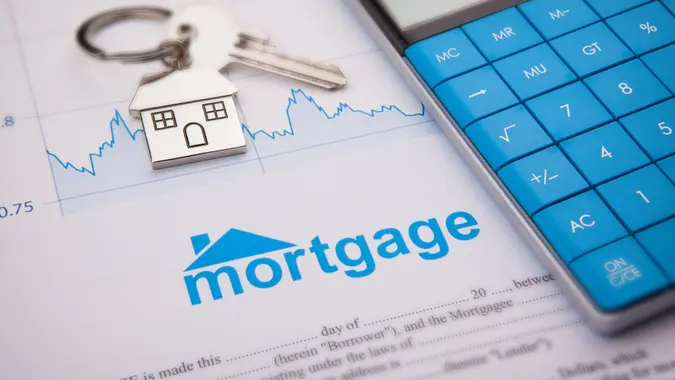I’m a Real Estate Expert: These 3 Types of Apartments Are Easiest To Sell

Commitment to Our Readers
GOBankingRates' editorial team is committed to bringing you unbiased reviews and information. We use data-driven methodologies to evaluate financial products and services - our reviews and ratings are not influenced by advertisers. You can read more about our editorial guidelines and our products and services review methodology.

20 Years
Helping You Live Richer

Reviewed
by Experts

Trusted by
Millions of Readers
If you’ve ever tried to sell an apartment, you know it’s not always as simple as putting up a “For Sale” sign and waiting for the offers to roll in. Some places fly off the market, while others linger for months with barely a nibble.
So what gives? Certain types of apartments are much easier to sell than others — and if you’re lucky enough to own one, you might have a major advantage.
GOBankingRates spoke with Jeff Goodman, licensed real estate agent at Brown Harris Stevens, and Daniel Blake, real estate expert and manager at Clever Real Estate, to discuss the types of apartments that are easiest to sell.
“Buyers today want apartments that not only fit their budget but also fit their lifestyle — and that’s where location, layout and building perks come into play,” said Goodman.
Here are some other factors that come into play.
One- and Two-Bedroom Units
According to Blake, the apartments that are most readily resold are typically one- or two-bedroom, clean apartments in the highest-demand neighborhoods in cities like New York, San Francisco or Chicago.
These units attract a broad range of buyers — especially first-time homebuyers, young professionals and investors looking for rental income.
“For instance, in Manhattan, a recently upgraded one-bedroom below $800,000 in a neighborhood like the Upper East Side or Midtown will get several offers within days, provided its proximity to subway lines, supermarkets and greenbelt area,” Blake explained.
Folks aren’t only drawn by the price level but also by city convenience, as well as the potential for appreciation or rental return.
Goodman agreed — because they offer both value and easy access to neighborhood essentials, he said these apartments appeal to everyone from new buyers to small families and long-term investors.
Natural Light and Flexible Interiors
Spaces that allow buyers to easily customize or carve out work-from-home areas have become particularly attractive in the post-COVID-19 pandemic market, Goodman said.
Additionally, buildings offering modern amenities like package rooms, fitness centers and bike storage create a competitive edge.
On the flip side, listings with clunky floor plans, tired finishes or too many building rules tend to linger.
“Sellers who want to move their property quickly should focus on what today’s buyers actually value — and set a price that aligns with current demand,” Goodman said.
Affordability Is a Prime Consideration
According to Blake, smaller apartments with lower monthly HOA fees — say, under $400 per month — and reasonable property taxes tend to appeal to buyers who are conscious of monthly carrying costs.
He’s seen many buyers pass on older units with high maintenance costs in favor of more efficient units in newer buildings, even if the square footage is slightly less.
“In Los Angeles or Miami, for instance, the first to be cut are the units below 1,000 square feet in newer developments with decent amenities and low costs,” he explained.
 Written by
Written by  Edited by
Edited by 

























